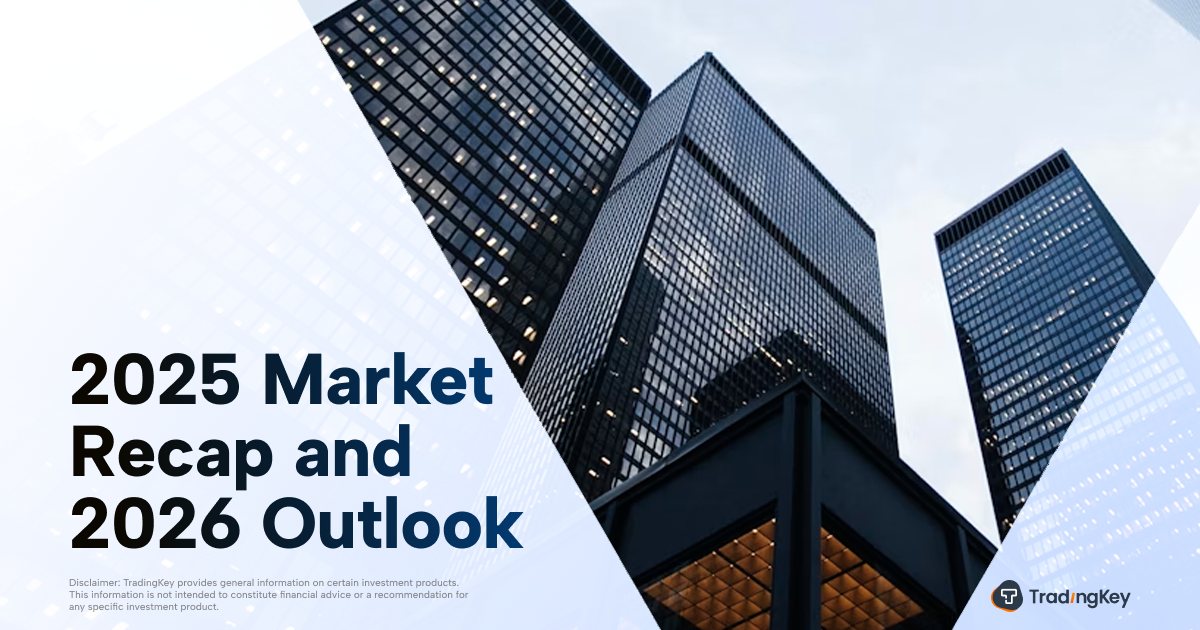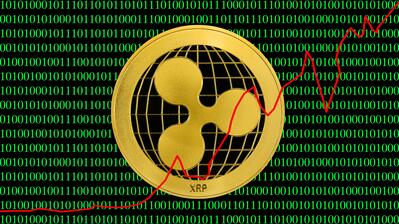BOJ Signals Rate Hike Possible as Trade Tensions Ease, June Minutes Show

TradingKey - The Bank of Japan's June meeting minutes, released Tuesday, suggest that if U.S.-Japan trade tensions ease, the central bank could resume interest rate hikes.
On June 17, the BOJ decided to keep rates unchanged, a move supported by most members amid heightened U.S.-Japan tariff uncertainties.
Looking ahead, most members, including Governor Kazuo Ueda, believe that although the timing is uncertain, a rate hike is inevitable. With the recent implementation of the U.S.-Japan tariff agreement easing trade frictions, the timing for a rate increase might be approaching sooner.
During the July 31 meeting, the BOJ held rates steady but hinted more clearly at a future hike. The report noted the economic forecast impact of the tariff agreement.
On July 23, President Trump announced a tariff reduction on Japanese imports, including automobiles, from 25% to 15%. The BOJ estimates this will bring the average effective tariff rate down from 24.5% to 15.6%, easing downward pressure on corporate profits. Consequently, it has revised upward its real GDP growth forecast for fiscal 2025 and its CPI inflation forecast for 2025-2026.
Additionally, the BOJ adjusted its inflation risk assessment from "downward bias" to "balanced overall" and lowered trade policy uncertainty from "extremely high" to "high."
Analysts suggest that although the BOJ hasn't yet acted, these adjustments indicate preparations for a rate hike.
This year, Japan's food prices have surged significantly, supporting inflation. Strong wage growth has bolstered consumer spending. Combined with the impact of tariff reductions, these factors have removed obstacles to a BOJ rate hike and heightened expectations.
Industry voices predicting an accelerated BOJ rate hike have intensified. A recent Bloomberg survey shows that about 42% of 45 economists expect a rate hike in October, up from 32% in a prior survey.
Nomura Securities raised its October rate hike probability forecast from 30% to 40%, while Barclays has moved its next rate hike prediction to October, expecting rates to continue rising to 1% by April 2026.
Nomura cautions that the BOJ may wait for more data to assess the tariff changes' impact and consider a potential government supplemental budget in the fall, which will influence the October rate decision.







